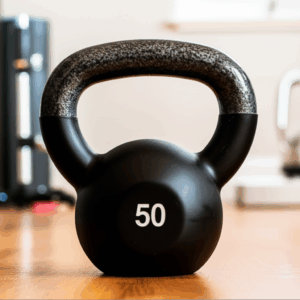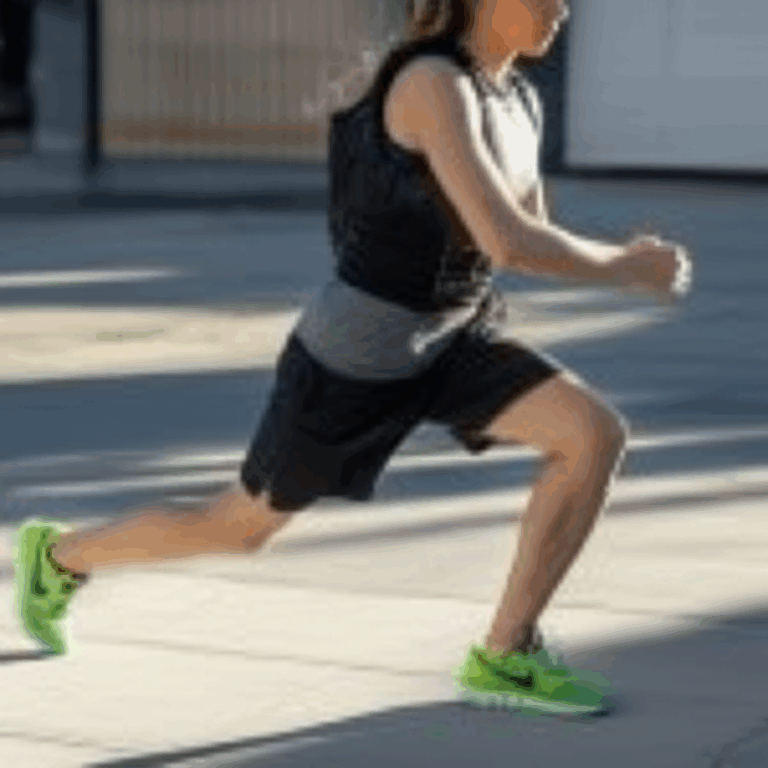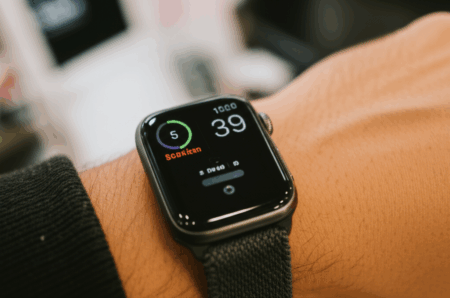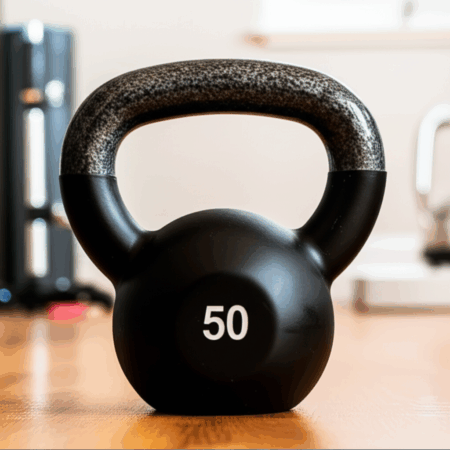Weighted vests are a versatile fitness tool that can significantly intensify your workouts, offering a range of benefits from increased strength and endurance to improved bone density and enhanced calorie burn. By adding external resistance, these vests challenge your body in new ways, making everyday activities and structured exercises more demanding and effective.

Benefits of Incorporating a Weighted Vest
Integrating a weighted vest into your exercise routine can yield numerous physiological advantages:
Enhanced Strength and Muscular Endurance
The primary benefit of a weighted vest is its ability to increase resistance during bodyweight exercises. This added load forces your muscles to work harder, leading to greater strength gains and improved muscular endurance over time. Studies have shown strength improvements in exercises like push-ups and the bench press, as well as explosive movements.
Improved Cardiovascular Health
Wearing a weighted vest elevates the intensity of aerobic activities, increasing your heart rate and oxygen intake. This increased demand on your cardiovascular system strengthens your heart and lungs, improving overall endurance and stamina. One study noted that weighted vest training improved blood lactate thresholds in runners, allowing them to sustain faster speeds for longer periods before fatiguing.
Increased Bone Density
Weighted vests are particularly beneficial for bone health. The extra weight places more stress on your bones, stimulating them to build more bone mass and grow denser. This can be crucial for maintaining bone density, especially as you age, and can help reduce the risk of conditions like osteopenia and osteoporosis.
Higher Calorie Burn and Weight Management
By increasing the resistance during your workouts, a weighted vest forces your body to expend more energy, leading to a higher calorie burn. This can be a valuable tool for individuals aiming for weight loss, as it makes workouts more efficient.
Better Posture and Balance
The constant engagement of your core muscles to stabilize your body against the added weight can lead to improved posture and balance. This forces your body to provide a natural counterweight, strengthening the muscles that support your spine and overall stability.
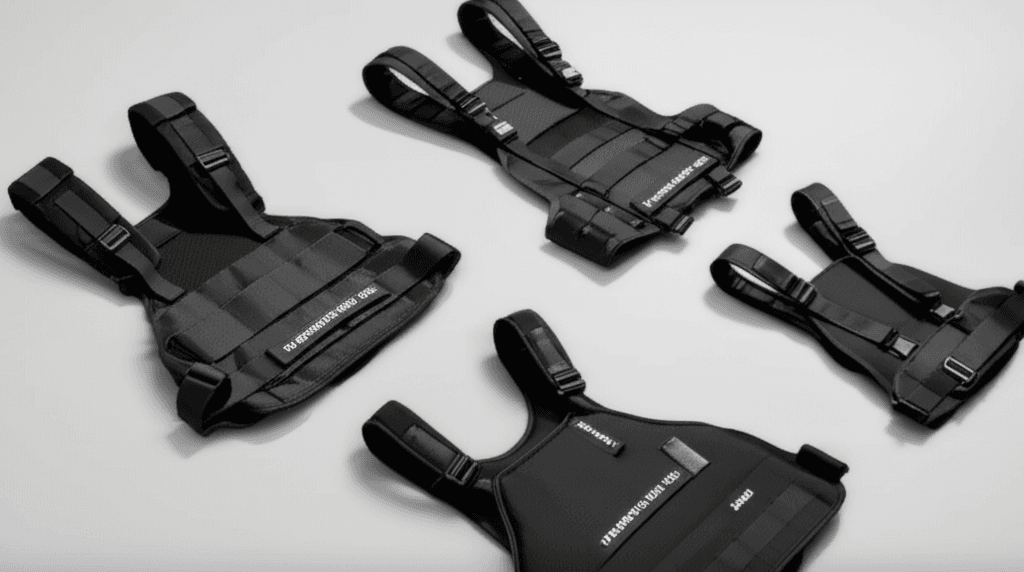
Choosing the Right Weighted Vest
Selecting the appropriate weighted vest is crucial for safety and effectiveness.
Determining the Ideal Weight
A general guideline is to start with a vest that is 5-10% of your body weight. For example, if you weigh 150 lbs, a vest between 7.5 and 15 lbs would be a good starting point. Beginners are often recommended to start with a 5-10 lb vest.
The optimal weight can also depend on your activity:
- Walking: 5-10% of your body weight. Beginners might start with 10-15 pounds, gradually increasing by 5 pounds per week.
- Running: 5-15% of your body weight. Start with 5-10 pounds for beginners.
- Strength Training (e.g., squats, lunges, push-ups): You can go heavier, up to 20% of your body weight, but beginners should still start with 10-15 lbs and increase gradually.
Adjustable vests, which allow you to add or remove weight, are highly recommended as they provide versatility for different activities and allow for progressive overload.
Fit and Comfort
A weighted vest should fit snugly and securely to your body without bouncing or shifting during movement. Look for adjustable straps and comfort padding made of breathable materials to minimize discomfort and ensure even weight distribution across your torso. Even weight distribution is important to prevent injury or discomfort and maintain workout effectiveness. Some vests may also incorporate reflective material for increased visibility during outdoor workouts.
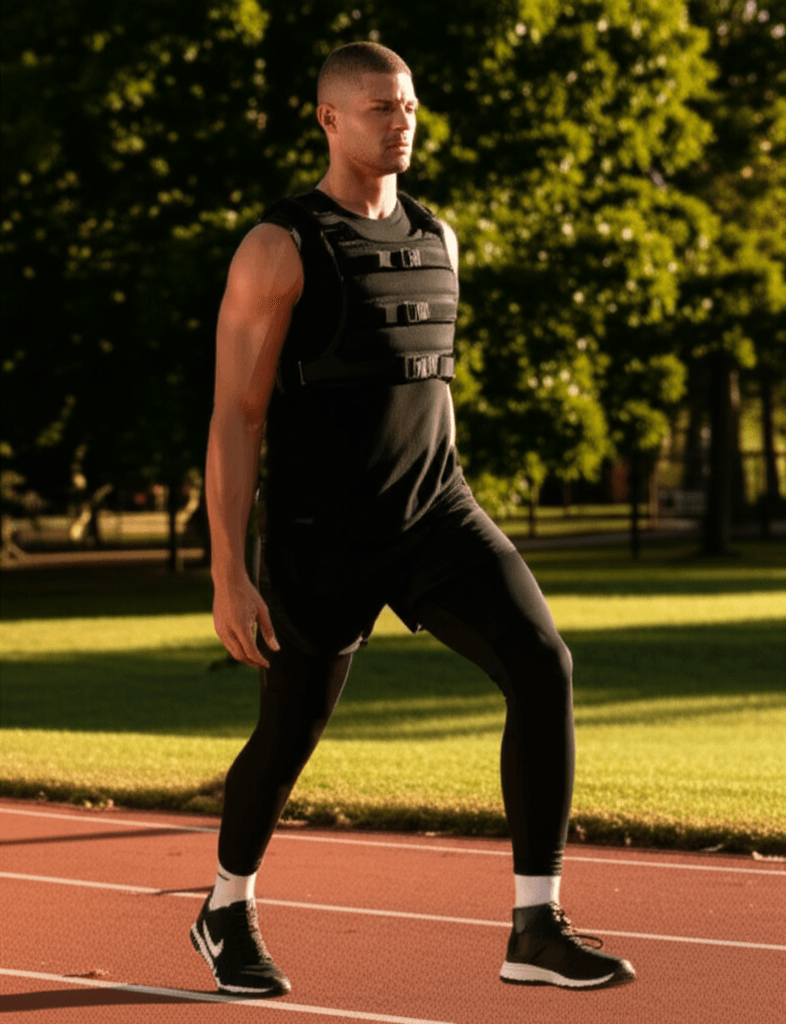
Integrating Weighted Vests into Your Routine
Weighted vests can be used to enhance a variety of exercises and activities:
Bodyweight and Resistance Exercises
Weighted vests are excellent for increasing the challenge of bodyweight exercises.
Common exercises include:
- Squats: Targets quadriceps, hamstrings, glutes, and lower back.
- Lunges (forward, reverse, walking, jumping): Works quadriceps, hamstrings, glutes, and calf muscles.
- Push-ups: Strengthens chest, shoulders, and triceps.
- Pull-ups: Strengthens upper back, biceps, and forearms.
- Planks: Engages core muscles.
- Burpees: Improves cardiovascular and muscular endurance.
- Mountain Climbers: Strengthens core and improves endurance.
- Upright Rows: Targets shoulders and upper back.
- Bicep Curls (holding the vest): Works biceps.
Aerobic Activities
Weighted vests can also be incorporated into aerobic activities like running, hiking, and walking to increase intensity. However, for these activities, lower weights are generally recommended to avoid excessive strain.
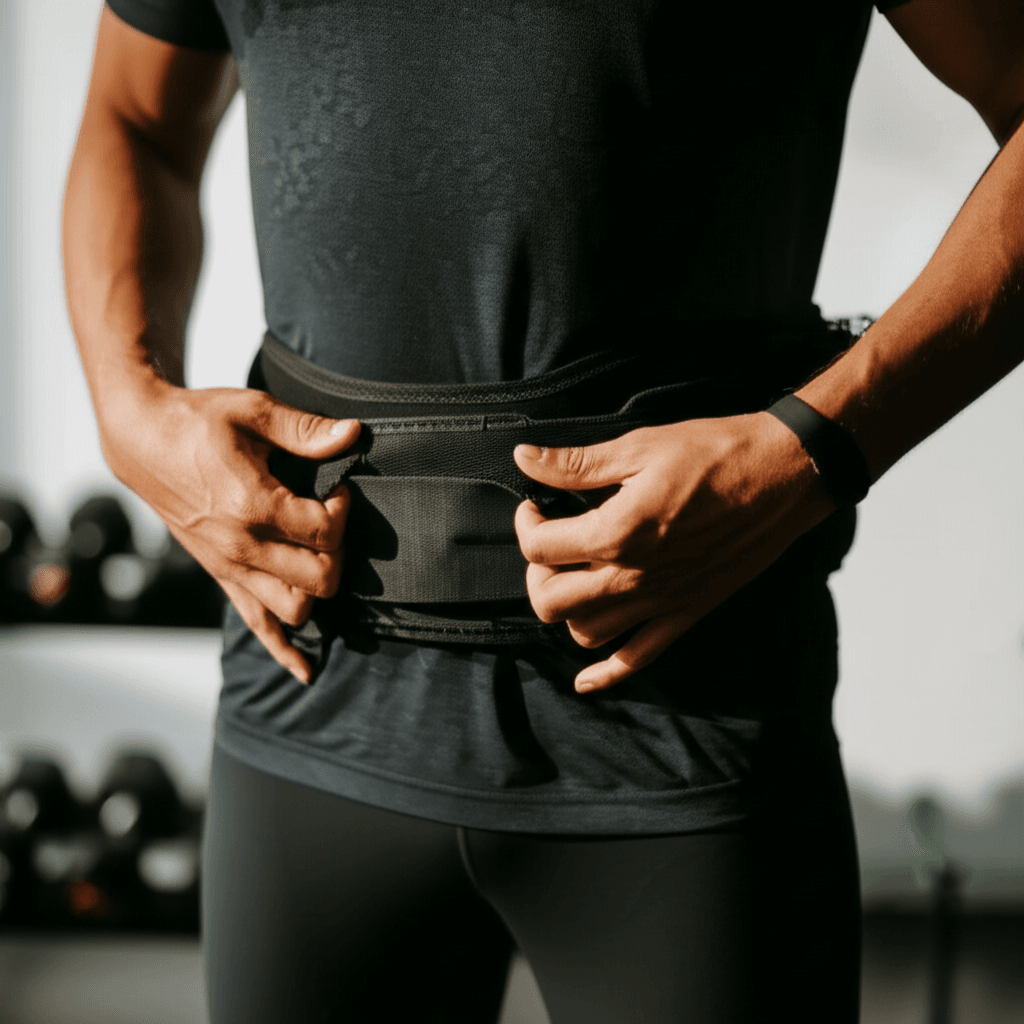
Safety Considerations and Precautions
While beneficial, using a weighted vest requires a cautious approach to prevent injury.
Start Light and Progress Gradually
Always begin with a lighter weight than you think you need. Gradually increase the load as your body adapts and your strength improves. Overloading too quickly can lead to overtraining, excessive soreness, chronic strain, or injury.
Maintain Proper Form
Focus on proper form and technique, especially with the added weight. The extra weight can alter movement patterns and throw you off balance. Practice exercises without the vest first to master the form before adding resistance.
Listen to Your Body
Pay close attention to any signs of discomfort, pain, or excessive fatigue. If you experience these, stop immediately and reassess. It’s better to take a break or reduce the weight than to push through pain and risk injury.
Frequency and Recovery
If you’re new to weighted vest training, limit use to 1-2 times per week to allow your body to adapt. For regular exercisers, 2-3 times per week may be suitable. Avoid wearing the vest for consecutive days, especially when starting out, to allow muscles to recover. It’s generally not advisable to wear a weighted vest all day, as it can cause fatigue, soreness, and muscle burn.
Who Should Exercise Caution or Avoid Weighted Vests?
While weighted vests offer many benefits, they are not suitable for everyone. Consult a healthcare professional before use if you have:
- Existing injuries or are recovering from one, particularly lower body injuries or joint problems. The added weight can increase stress on joints and potentially exacerbate existing conditions.
- Chronic pain.
- Spinal fractures or balance issues.
- Certain medical conditions such as osteoporosis (though it can be beneficial with clearance and light weight), respiratory problems, cardiac or heart problems, severe hypotonia, skin allergies, or circulatory problems.
- Children, especially those under 3 years old, or those with hypermobility, as there are risks of excessive strain on growing bones and joints. If used for children with sensory processing issues, it should be under the guidance of an occupational therapist and for short periods.
It’s important to ensure that the vest is not too heavy, as excessive weight can lead to poor posture, muscle strain, and joint stress. For individuals with specific health concerns, seeking guidance from a physical therapist or doctor is paramount to ensure safe and effective use.


